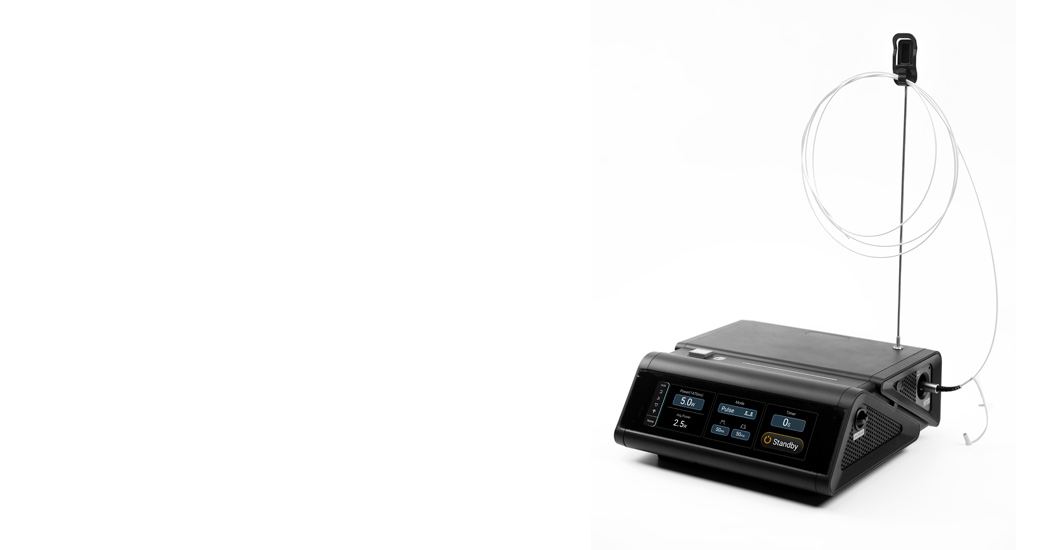Principle
The laser treatment of proctology involves using laser to treat diseases of the anus and rectum. Its main principle involves using laser-generated high temperatures to coagulate, carbonize, and vaporize diseased tissue, achieving tissue cutting and vascular coagulation.
Category
-
1.Hemorrhoid Laser Procedure (HeLP)
This is suitable for patients with Grade II and Grade III internal hemorrhoids. This procedure uses high temperatures generated by the laser to carbonize and cut the hemorrhoidal tissue, offering advantages such as minimal intraoperative damage, reduced bleeding, and fast postoperative recovery. However, it should be noted that this laser surgery has relatively narrow indications and a higher recurrence rate.
-
2.Laser Hemorrhoido Plasty (LHP)
This is used as a gentle treatment for advanced hemorrhoids that require appropriate anesthesia. It involves using laser heat to treat both segmented and circular hemorrhoid nodes. The laser is carefully inserted into the hemorrhoid node, treating it based on its size without harming the anal skin or mucosa. No external devices like clamps are needed, and there's no risk of narrowing (stenosis). Unlike traditional surgeries, this procedure doesn't involve cuts or stitches, so healing is very effective.
-
3.Fistula Closure
It uses a flexible, radially emitting radial fiber precisely positioned with a pilot beam to deliver energy along the fistula tract. During minimally invasive laser therapy for anal fistulas, the sphincter muscle isn't damaged. This ensures all areas of the muscle are preserved to the fullest extent, preventing incontinence.
-
4.Sinus Pilonidalis
It destroys pits and subcutaneous tracts in a controlled way. Using laser fiber protects the skin around the anus and avoids common wound healing problems from open surgery.
Traditional Methods
-
* Internal Hemorrhoid Ligation
-
* External Hemorrhoid Excision
-
* Mixed Hemorrhoidectomy
-
* Ligation Therapy (COOK Technique)
-
* Circumferential Hemorrhoidectomy
Traditional Methods
First, diode laser for proctology is a non-invasive treatment that reduces tissue damage, thereby lowering surgical risks and recovery time. Additionally, they can easily remove soft tissue during the procedure, offering excellent hemostasis with minimal pain, reduced inflammation response, and faster wound healing.
-
Trauma and Recovery:
Laser treatment is a minimally invasive surgery with minimal trauma, shorter postoperative recovery time, and less pain. This is a significant advantage for patients, especially when rapid recovery is needed.
Traditional surgical treatment, while effective, can cause greater damage to anal and rectal tissues, leading to complications such as pain, swelling, and urinary retention postoperatively.
-
Applicability:
Laser treatment is suitable for patients with mild hemorrhoids, inflammatory external hemorrhoids, or simple connective tissue external hemorrhoids. For internal hemorrhoids of stage 1 or stage 2 primarily presenting with bleeding, laser treatment shows relatively good efficacy due to its simplicity of operation, minimal trauma, and faster recovery post-surgery.
For internal hemorrhoids with prominent symptoms or mixed hemorrhoids, traditional surgery may be more appropriate.
-
Hospitalization and Costs:
Laser treatment can usually be performed under outpatient local anesthesia, eliminating the need for hospitalization, thus reducing hospital costs and time.
Traditional surgery requires hospitalization, increasing both hospital costs and time. -
Risk of Complications:
Due to its minimal trauma, laser treatment carries a lower risk of postoperative complications. Traditional surgery, due to its larger trauma, carries a higher risk of complications postoperatively, such as pain and swelling.
1470nm
-
High Water Absorption:
It is highly absorbed by water, making it effective for cutting and coagulating water-rich tissues.
-
Reduced Bleeding:
Due to its high water absorption, it can better coagulate blood vessels, reducing intraoperative bleeding.
-
Less Thermal Damage:
The concentrated energy results in a smaller area of thermal spread, reducing thermal damage to surrounding tissues and increasing the safety of the procedure.
1940nm
-
Extreme Water Absorption:
It has an extremely high water absorption rate, very effective in water-rich tissues, achieving the desired effect with lower energy.
-
Stronger Coagulation:
Due to its high water absorption, it can more effectively coagulate blood vessels, further reducing intraoperative bleeding.
-
Less Pain:
As the energy is more concentrated and its action depth is shallower, it causes less irritation to surrounding nerves, resulting in less postoperative pain.
-
Precise Operation:
The high absorption allows for very precise operations, suitable for high-precision colorectal surgeries.
Which types of hemorrhoids are suitable for which types of anorectal laser treatments?
-
Stage 2 and stage 3 internal hemorrhoids:
Laser surgery is suitable for stage 2 and stage 3 internal hemorrhoids. Laser treatment uses high heat to burn and cut hemorrhoidal tissue, offering advantages like minimal bleeding, less trauma, mild discomfort, and quick recovery.
-
External hemorrhoids:
Laser treatment is mainly for external hemorrhoid patients due to its minimal trauma. However, laser surgery is not recommended for stage 4 internal hemorrhoids.
-
Mixed hemorrhoids:
Laser surgery has limited effectiveness for mixed hemorrhoids and may lead to recurrence post-surgery. Therefore, it is generally not recommended clinically for treating mixed hemorrhoids.
Sidebar
Latest Content
Related Products

M2 Surgery Solutions
LEARN MORE
